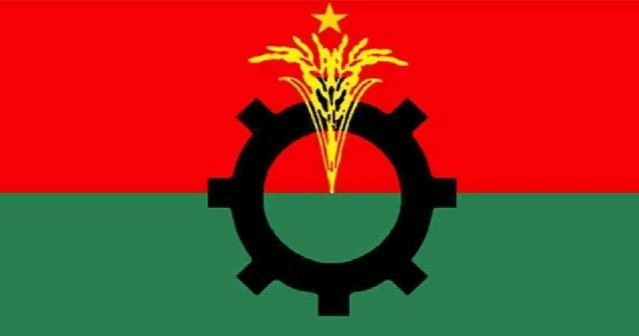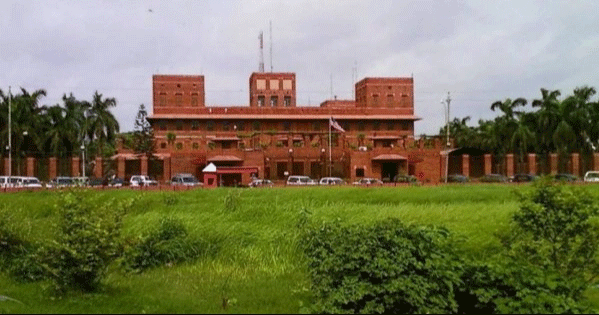7-techniques using for money laundering
Under the guise of exports
Farhad Chowdhury: The trend of money laundering under the guise of export is increasing day by day. Such activities are often resisted by customs. Export fraud is also being done to grab government incentives. To carry out these misdeeds, unscrupulous traders are mainly following seven methods or techniques, which have been identified by the Directorate of Customs Intelligence and Investigation. These are over-invoicing, under-invoicing, over-invoicing, under-declaration, under-declaration, under-declaration, export through falsified documents, bogus export and fraudulent export of goods brought under duty-free facilities.
Recently, the Directorate of Customs Intelligence and Investigation has given a report to the National Board of Revenue (NBR) highlighting these seven techniques along with evidence of money laundering under the guise of exports. The report has made 6 recommendations including taking departmental action against officials involved in money laundering.
When asked about this, Director General of Customs Intelligence Fakhrul Alam told Daily Industry that in recent times, Customs has prevented several activities of money laundering under the guise of exports. A letter has been sent to the NBR detailing the methods adopted by the miscreants to embezzle the incentive money and launder the money, with complete information and recommendations.
The executive director of anti-corruption organization Transparency International Bangladesh (TIB). Iftekharuzzaman told Daily Industry, it is well known that money is being smuggled under the cover of import and export. Customs intelligence is to be applauded for identifying money laundering schemes under the guise of exports. Unless exemplary action is taken against those involved in money laundering, this trend cannot be stopped.
And the customs detective’s report will not be useful. He also said that money laundering is not possible without this tripartite collusion of dishonest traders, customs officials and bank officials. Customs and bank officials involved in cases of money laundering that have already been detected should be held accountable.
According to the report in the Directorate of Customs Intelligence and Investigation, apart from money laundering, export fraud is mainly done to grab government incentives. At present, the government is offering cash incentives ranging from 1 to 20 percent per product to diversify exports. Incentives are being embezzled by over invoicing by inflating the price and weight of the product.
For example, in March last year, a company called Sagar Jute Diversify Industries announced to the customs the export of 18,000 pieces (2 thousand 312 kg) of door mats made of jute, the export price of which is shown as Tk 81 lakh 31 thousand. But in physical examination, 6,116 pieces (244 kg) of jute napkins are found, the value of which is Tk 1 lakh 5 thousand. The company could have claimed an incentive of Tk 16 lakh to export this shipment.
Again, money is being laundered through under invoicing. Under-invoicing is done on products that have no or low export incentives. On February 2, a company called Zee Fashion Trading Export and Import submitted a bill of export to customs to export T-shirts abroad, declaring the price of the T-shirts at Tk 12 (12 cents). Usually, t-shirts are not exported from Bangladesh at such a price. Basically, this method is being adopted to leave money abroad illegally.
On the other hand, there is also a case of exporting more products with less declaration. In January last year, a company called SR Fashion submitted a bill of export to customs to export 60,000 pieces of ready-made garments.
127,000 pieces of ready-made garments are found in physical examination. The cost of these additional 67,000 pieces of clothing is around Tk 10 lakh. In some cases, there are cases of sending less products with more announcements.
The report also states that full container loads of products are being sent abroad under sample declaration.
In this case, E-XP of various reputed exporters is being faked. In case of shipment of sample goods, customs value, export LC, contract and sales order are not mentioned. In this case, no money is repatriated to the country and the whole amount is smuggled abroad. For example, a company named Sabiha Saki sent samples worth Tk 379 crore, Asia Trading Corporation Tk 282 crore and a company named Emu Trading Corporation Tk 62 crore. But none of the money was repatriated.
According to the report, there is a case of misappropriation of government incentives only through paper forgery without exporting the product abroad. A company named Ahnaf Corporation exported 111 challans abroad, against these exports Tk 31.81 million came to Bangladesh through banking channels.
But the customs investigation revealed that the company never sent any container to Offdock or port to export the goods, and even no container was exported. Only 6 crore 20 lakh rupees of incentive was embezzled by making bill of export, LC, invoice and packing list forgery. In the same way, Jannat Corporation got Tk 5.82 crore against 175 bills of export and Fatima Corporation got Tk 5.34 croreincentives against 68 bills of export.
According to the customs intelligence report, export-oriented companies with bond facilities are also getting involved in fraud. Such companies are exporting more products abroad with less declaration. Many times, importing raw material in duty free facility and selling it in open market, and exporting Newman or other products. The state is losing revenue and the domestic textile industry is suffering. For example, Swan Knit Composite, a bond company, submitted a bill of export for the export of women’s dresses in April this year. But in the physical examination T-shirts and polo shirts are available in more quantity than declared.
6 Recommendations to Prevent Fraud: The Customs Intelligence has made 6 recommendations in the report to prevent money laundering and embezzlement of cash incentives through export fraud. These are- taking departmental action against officials responsible for inspection and customs clearance of export goods; Instructing customs houses to allow exports by verifying the value and authenticity of products by identifying risky establishments. Besides, the minimum export price of the category-wise product can be determined by considering the cost of the materials used in the export product, wages, factory cost and production cost. Besides, before the issue of export permit, arrangements can be made for verification through the bank or export permit issuing officer whether the actual value of the product has been shown based on the description and quantity.
President Joe Biden tests positive for COVID-19 while campaigning in Las Vegas, has ‘mild symptoms’
International Desk: President Joe Biden tested positive for COVID-19 while traveling Wedne…







